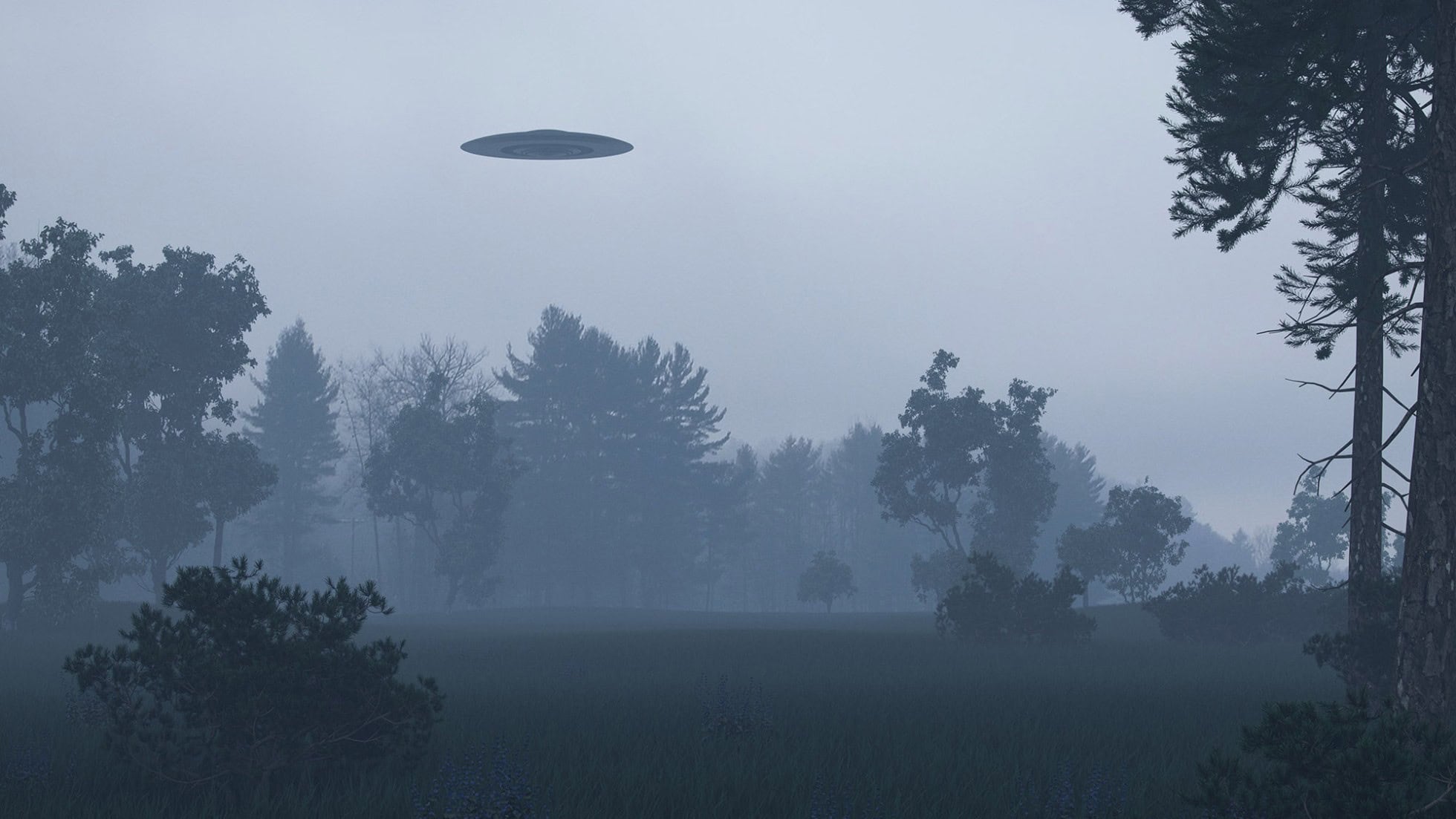
Astronomers are buzzing over 3I/ATLAS, the third known interstellar visitor ever seen. All of this comes at the expense of a Harvard paper suggesting there might be alien hostile spy probe sent to observe our solar system. The controversial theory has reignited heated debate in the scientific community.
The object, discovered on July 1, is hurtling through space at over 130,000 miles per hour (209,214 km per hour). Measuring approximately seven miles wide, it is the largest interstellar object ever detected by scientists.
Newly captured images from the Vera C Rubin Observatory confirm both its massive size and its comet-like features, including a hazy coma, which has led many experts to conclude it has natural origins.
The paper, published on July 16, argues otherwise. It highlights several anomalies that, he says, suggest artificial origin. Chief among them is 3I/ATLAS’s retrograde orbit, which lies nearly within Earth’s orbital plane.
The paper suggests the interstellar object is on an alignment so precise it would occur only 0.005 percent of the time by chance. The object also makes close passes to Venus, Mars, and Jupiter. Most notably, it will reach perihelion, its closest point to the Sun, on October 29. When it will be positioned directly behind the Sun from Earth’s perspective. Authors of the paper theorize this could be a deliberate maneuver to evade detection.
On the other hand, scientists point to the visible coma of gas and dust, which is a well-understood cometary behavior. And argue that foundational data supports a natural explanation instead of jumping to alien origin theory. It is why experts have dismissed the alien claims as speculative and not supported by evidence.
According to projections, 3I/ATLAS will remain at least 1.6 astronomical units from Earth. However, its trajectory and composition will be continuously monitored, especially during its close approach. Southern hemisphere observatories are expected to collect critical data before and after perihelion to better understand the object’s makeup and origin.
